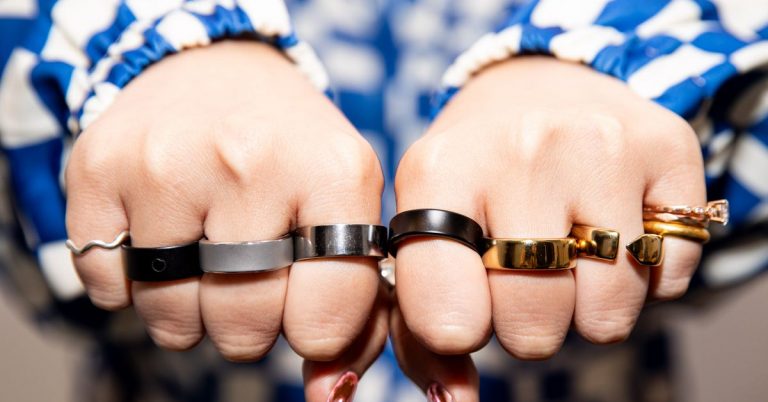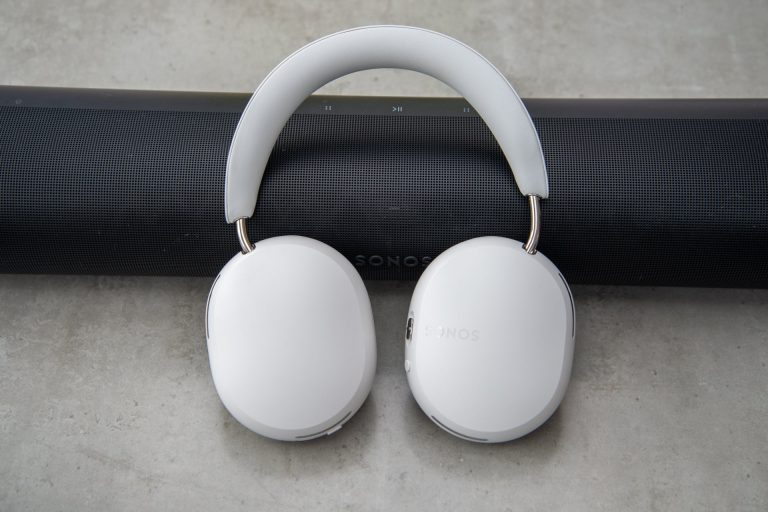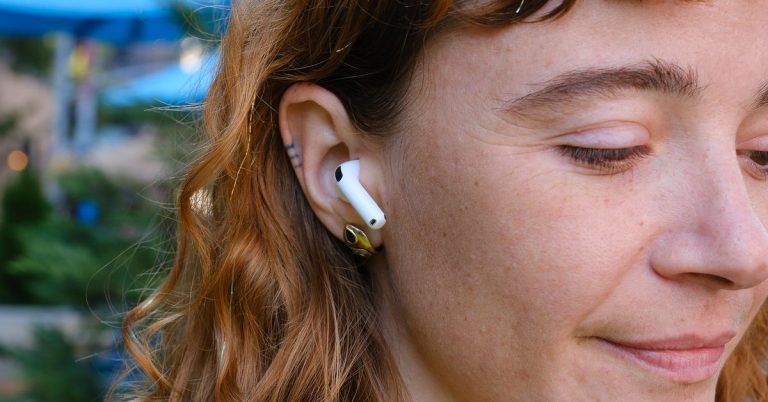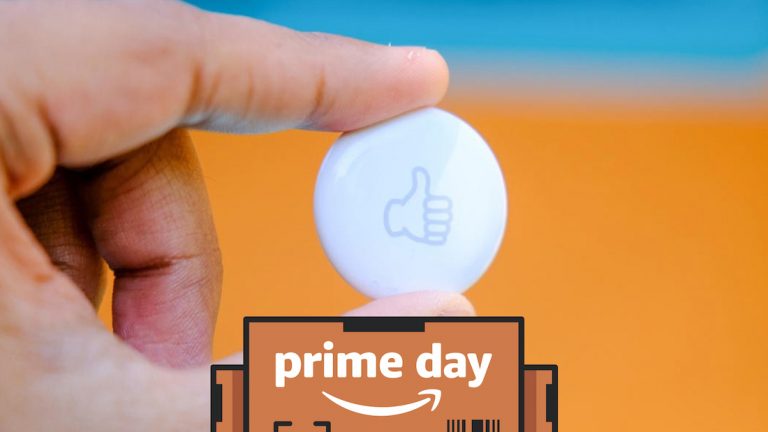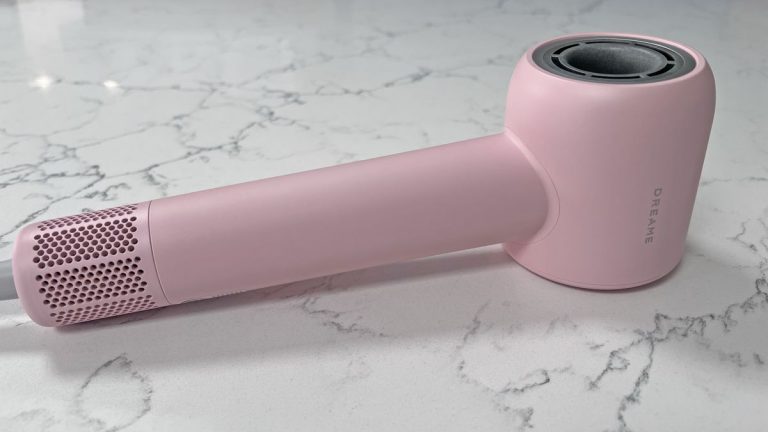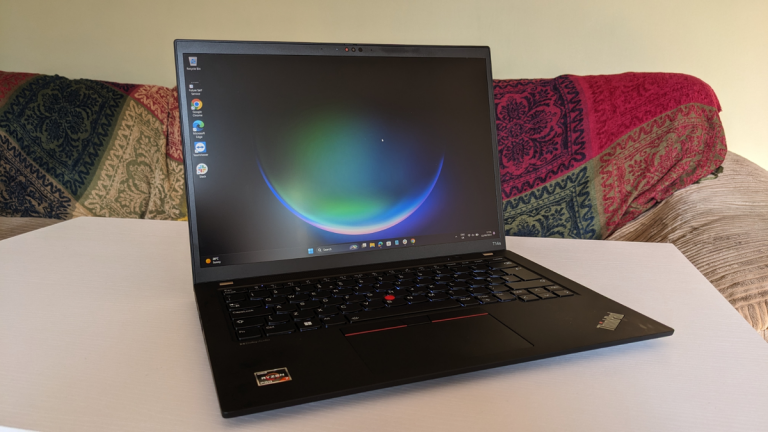Samsung Galaxy Z Flip 6 vs Motorola Razr 50 Ultra: Final Verdict
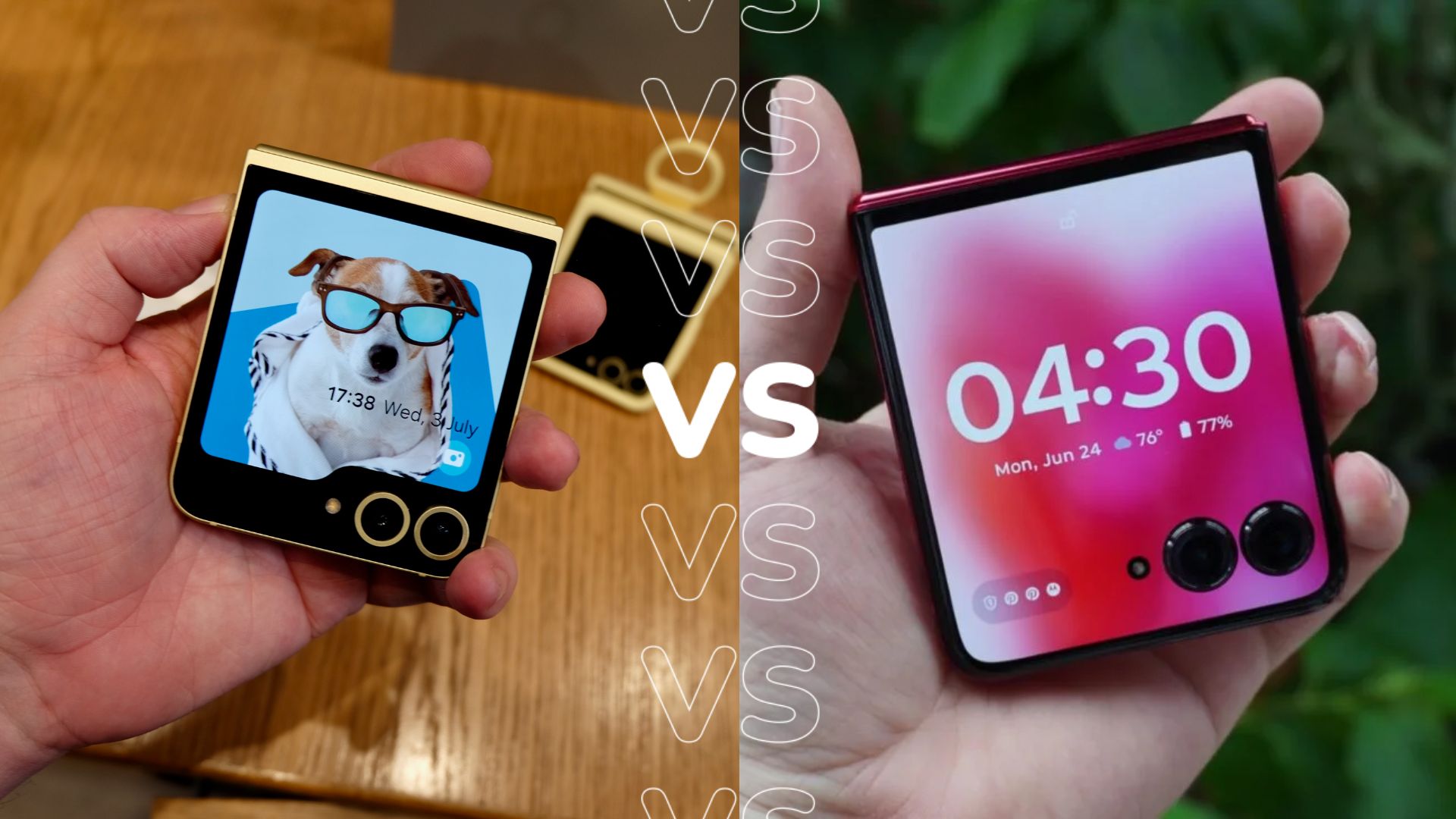
With the Razr 50 Ultra – or Razr Plus in the States – Motorola has launched one of the most impressive foldable clamshells to date.
The question is, has it done enough to topple the Samsung Galaxy Z Flip 6? Can that cover display make up for some of its weaknesses? Let’s dive in and compare two of the best foldable phones we have reviewed.
Design and Durability
With a foldable phone, there’s a lot to consider when it comes to the overall build. There’s the way the phones look, the way they feel, and how durable they are, and which of those you prioritise might just make your decision for you.
Samsung’s Galaxy Z Flip 6 is the more compact of the two. It’s a little slimmer, shorter, narrower and the tiniest bit lighter. That impacts how it feels when you’re holding and using the phone, but what’s just as important is the shaping.
The Flip has completely flat sides with a matte finish, whereas the Razr 50 Ultra has the opposite: shiny, curved edges.

There are benefits to both approaches. Motorola’s phone has more of a palm friendly feel to it. As well as those rounded edges, it’s got a textured vegan leather on the back, which is grippy and warm.
The minimalist approach from Samsung on the Z Flip 6 leads to a colder, harder feel. However, there’s a very real sense that it does feel sturdier, and that it would have an easier time handling a sudden impact.
Opening and shutting the phone, the hinge has a smoother, more controlled feel to it. Motorola’s option feels the tiniest bit looser and wiggles a little more but in truth, there’s not a huge amount in this.
The hinge on the Z Flip 6 also has an easier time of holding at different angles, whereas the Razr tends to spring open or shut at angles where the Z Flip 6 can angle itself pretty steadily. Adding to its durability factor, the Flip’s IP48 resistance means it’s just as water resistant as the Motorola, but has better protection against physical objects getting inside the phone.
Outer display
The cover display is one area the Motorola Razr 50 Ultra really does outshine the Z Flip 6, thanks to the 4-inch display on the outside of the phone. It takes up far more space than Samsung’s smaller alternative.
That size makes a huge difference to how convenient it is for anything that isn’t just swiping through weather reports, calendars and stock widgets.


Loading up Google Maps for instance, you can check for the next turning without having to open the phone. You can see so much more, and the layers of the interface are far less cramped.
Similarly, typing using the onscreen keyboard in WhatsApp or Messages is less of a cramped experience. It feels almost the same as typing on the primary display in terms of space, whereas your fingers trip over themselves a bit more on the Z Flip 6.
Internal display
Moving on to talk displays, it must be said that we were a tad underwhelmed by the Razr 50 Ultra compared to the Galaxy Z Flip 6.
First, let’s talk about reflections and brightness. Because of whatever film is on top of Motorola’s display, it doesn’t seem quite as effective at cutting out bright light and reflections as the Samsung.
In testing, the Samsung screen was always more visible and easier to use for framing shots especially when looking at it from awkward angles. This was with both maximum brightness and when out in bright daylight.
In fact, even indoors away from bright light, the Z Flip 6’s display always seemed brighter and clearer when viewing it from any angle that wasn’t directly head-on. Look at them head-on and there’s not a huge difference at all.


As for the crease, both are visible with the screen off and the Razr 50 Ultra has the more obvious of the pair when the screen is on. Neither is a massive inconvenience though.
Cameras
Both the Galaxy Z Flip 6 and Razr 50 Ultra have two lenses on the front, and both primary cameras are also 50MP.
However, it’s the secondary cameras that mix things up. Motorola ditched the ultrawide and threw in a 2x zoom camera instead. Samsung stayed with the ultrawide, which means if you want to zoom you’re forced to rely on sensor cropping and AI processing.
If you want a really wide shot, to fit as much of the scene in as possible, the Samsung Z Flip 6 allows you to do that. Thanks to the sensor cropping you can zoom to 2x and still get relatively sharp shots. Detail does start to fall off a bit if you push further than that, especially if light levels start to drop.


At 4x zoom you can see the texture on the Samsung and the Motorola start to drop off a bit, with the Motorola doing a little better at retaining some of the natural textures. Zoom further than that on either and the results don’t inspire at all.
After much testing, we found Samsung’s images to be a bit crisper, with colours that more closely resembled reality. The Z Flip 6 also seemed to do better at focusing on objects that were closer to the lens.
While the Razr 50 Ultra does tend to overcook warmer colours, Samsung’s pictures often have a bit of a green tint, and sometimes saturate grass on landscapes, while also giving even overcast grey skies a blue hue.
Samsung’s Z Flip 6 has stronger video performance as well. The HDR in the video recording is better at controlling bright skies, both from the external and internal cameras.
Software
Motorola’s software on the Razr 50 Ultra is cleaner with less bloatware, and it comes packing lots of useful features like gestures for launching the camera and torch, plus different standby modes for the cover display when it’s sat on your desk.


Samsung’s One UI has a lot more bloat, and has a very unique skin that’s far from the clean version of Android. However, Samsung will get you updates for seven years while Motorola will only get you three.
Performance and Battery life
Both of these phones are powerful and fast. However we will say Samsung, again, has the upper hand here – even if it is only slightly.
The Snapdragon 8 Gen 3 inside the Z Flip 6 allowed it to cope more easily with demanding games and our benchmarking tests than the Motorola could with the Snapdragon 8S Gen 3. Still, for everyday use, casual gaming and typical functions you’ll have a fast, smooth phone regardless of which one you pick.
The benefits of the Samsung probably wouldn’t be immediately clear unless you go to play 20-30 minute long sessions of Genshin Impact or Call of Duty in their highest settings. If you do, both phones can get quite warm in that top glass portion, so neither enjoys the experience as much as some of the most powerful premium smartphones.
Motorola has a clear advantage when it comes to charging speeds. The Razr 50 Ultra can refill at 45W speeds, which with the 4000mAh battery inside means a full refill in under an hour, or 62% charge in half an hour. Samsung’s 25W speed can’t match that.
Because the battery sizes are identical, performance is similar on both. Both phones will comfortably make it to the end of a full day with about 10-20% left over for heavier uses.
Verdict
If you want the phone that makes the most logical sense as an investment then the Samsung Galaxy Z Flip 6 is the better overall choice.
It feels more durable, will get software support for much longer, has better cameras and a better internal display. It’s also a slightly more powerful phone.
However, the cover display on the Motorola is really convenient, and a genuine joy to use. It feels much nicer thanks to that leather-like rear texture and the rounded edges. If you see yourself valuing those features most then definitely go for the Razr 50 Ultra.
The Razr 50 Ultra is also cheaper, comes with more storage as standard and ships with a charger and a cable. If it had better camera performance, and had a more long-lasting approach to build and software, it would be – without question – the best folding phone on the market.
Source: www.trustedreviews.com

